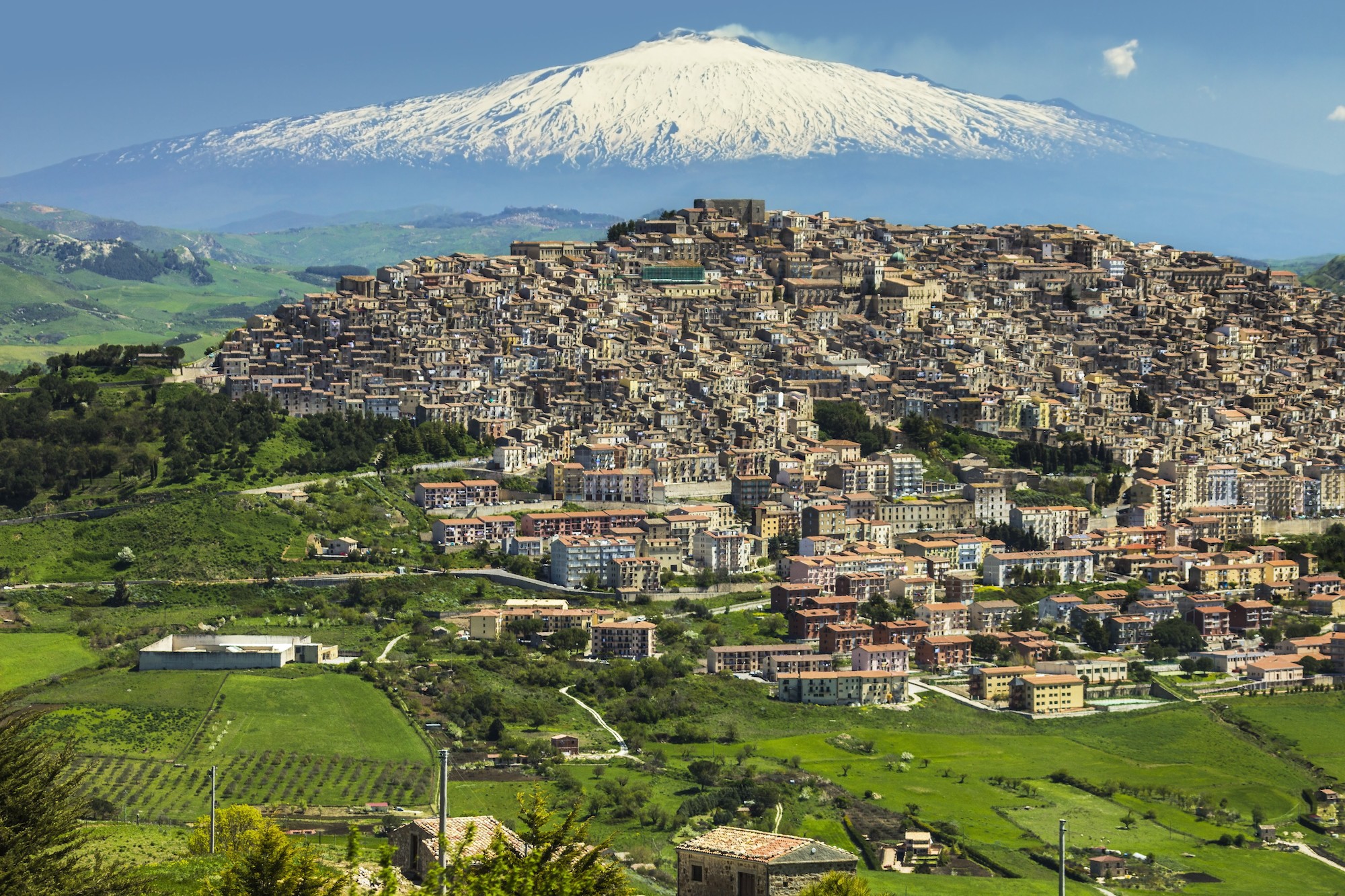Gangi, a tiny town located on a promontory close to Palermo, became well-known after it was named the most beautiful village in Italy. This little gem is rich in history and traditions. Its origins are the mythical city Engyon, where the Cretans founded it near the homonymous water source.
The Sanctuary of the Holy Spirit is located just outside the town. It’s built within a network of neighboring flock passages. It is home to the legend of the Eternal Father painting on a rock. The sanctuary was found by a farmer and is now placed in a niche of the building.
The tower Ventimiglia is visible as you enter the village. This tower was built by the Ventimiglia, a noble family from medieval times. It was constructed in several periods because of structural failures that continued for many years. These failures are said to have sparked the fury of Count Ventimiglia. The tower is distinguished by its refined design, divided into three architectural orders, and topped with an 18th-century clock that is found in the Church of St. Nicholas (the Cathedral of Gangi). Built by the Knights of Jerusalem, this church houses the works of the Zoppo (cripple), of Gangi. He is a well-known local artist who also wrote many other works that were published in nearby towns. The identity of the “Zoppo”, however, is not known.
The Sgadari Palace and the Buongiorno Palace are two palaces worth exploring. The Sgadari Palace takes its name from one of the leading families of the village and it is now a museum center, that includes the Archaeological Museum (rich in archaeological finds from the area), the Gianbecchina Art Gallery, the Museum of Weapons, and the Ethno-anthropological Museum, (exposes bread-making and sheep-farming tools that have always characterized the economy of the village).
The Buongiorno palace is a beautiful representation of all that the eighteenth-century architectural nobility in Gangi had to offer. It was home to the Buongiorno clan and a cultural hub. It is full of contradictions from an architectural perspective. The outside is made of stone and has wrought-iron balconies. On the other hand, the interior is a blaze of plastered ceilings and walls painted (frescoes), in baroque or neoclassical styles.
The Castle is located at the top of the town. It was originally constructed to house the Ventimiglia Lords and is an example of late medieval architecture.
